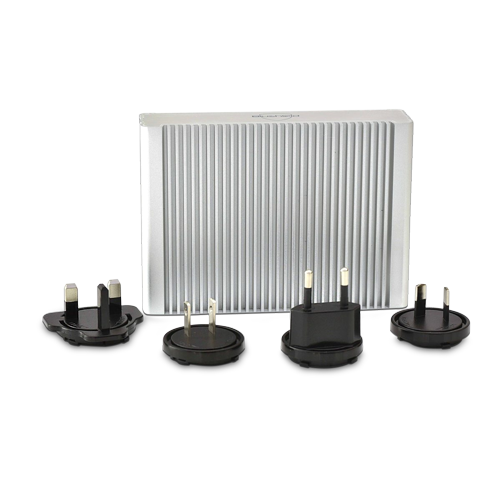The health consequences of 5G radiation are still being debated. However, one study has suggested a link between RF radiation with cancer among male rats. This study was classified before it was removed at the end of 2012 by Central Intelligence Agency, but it demonstrates that radiofrequency could trigger cancerous growth in animal, and even humans. In the research, scientists were exposed to male rodents for 15 days and discovered that they developed the similar types of cancers humans do.
The health effects of 5G radiation
Although the rapid growth of wireless communications has led to the creation of 5G technologies There are increasing concerns about the health impacts of the radiation from 5G. While the higher frequencies may not affect the body as much as the older technology, scientists have raised concerns about possible effects on the system and are calling for more studies. To ensure that the population is safe and protected, the European Commission is requesting independent studies to determine if this technology is posing any health risks.
It is important to note that there's a large amount of misinformation regarding 5G's health impacts, and it is essential to clear any misunderstandings that may persist. While the technology is not yet widespread but there are many who are being told that it could cause health issues mostly through social media, where sensational use of language is commonplace.
Beamforming technique

Beamforming is among the most crucial technologies used in five-G networks. It is a method that makes use of multiple radiating elements to generate a narrow beam. The aim for beamforming is minimize how much unwanted radiation is reflected within the signal that results. 5g radiation poison symptoms is widely employed in wireless communication systems and is crucial for 5G's low-cost coverage.
The method involves electronically weighing the signals of each antenna. This produces an extremely smaller beam of radiation which enhances coverage of cell phones indoors as well as at the edges of cells. This technique is important since poor coverage could cause low user satisfaction. Along with increasing the signal, beamforming helps reduce the amount of noise a user encounters from other devices.
Power density
The power density of 5G radiation emanating from towers on cell phones will be similar to the previous generation of 3G and 4G systems. The reason for the lower power density lies in the electrical components' sensitivity. The maximum radiation output of the 2G handset was around 2 Watts, whereas that of the 4G model was around 200 milliwatts.
The power density is the amount of electromagnetic energy that can be absorbed into the body from a particular distance. 5g radiation effect for 5g radiation is usually measured in watts per square metre. Unlike the SAR measurement the power density measurement is actually a measure of the amount of electromagnetic energy that can be found in an area. The limits for power density may differ for wearables and mobile devices according to their operating frequencies and distance.
Specific absorption
The Specific Absorption Ratio (SAR) is a measure which measures the speed at which a particular frequency deposits power into human tissues. In generally, the SAR is not more than two Watts per kilogram of body mass. This figure is derived from the electric field present in tissues as well as the mass density, which is measured in kilograms per cubic meters. It has recently been applied to the proposed antenna design.

The latest radio technologies that make up the 5G system operate on frequencies that are lower than 6 GHz. These frequencies are also known as millimeter waves. However, according to the FCC's SAR compliance program is only applicable to frequencies of up to 6 GHz. Furthermore the SAR test requires that measurements are conducted in phantoms containing tissue simulating media.
Health effects on skin
We have no information on the impacts of 5G radiation on the skin. The current knowledge is limited by the absence of in-vivo studies and theoretic models. There is however is 5g radiation for more research on the impacts of 5G radio frequency radiation on human skin. The use of 5G radio frequencies could cause skin damage specifically to the epidermis which is very sensitive.
In contrast to 4G, 5G radiation has a high frequency that has been shown to heat human body tissues. Human bodies are dipolar, so the increased frequency of 5G radio waves could cause heat to the skin. Exposure to 5G radio frequencies can also affect other organs in the body, like the brain.
